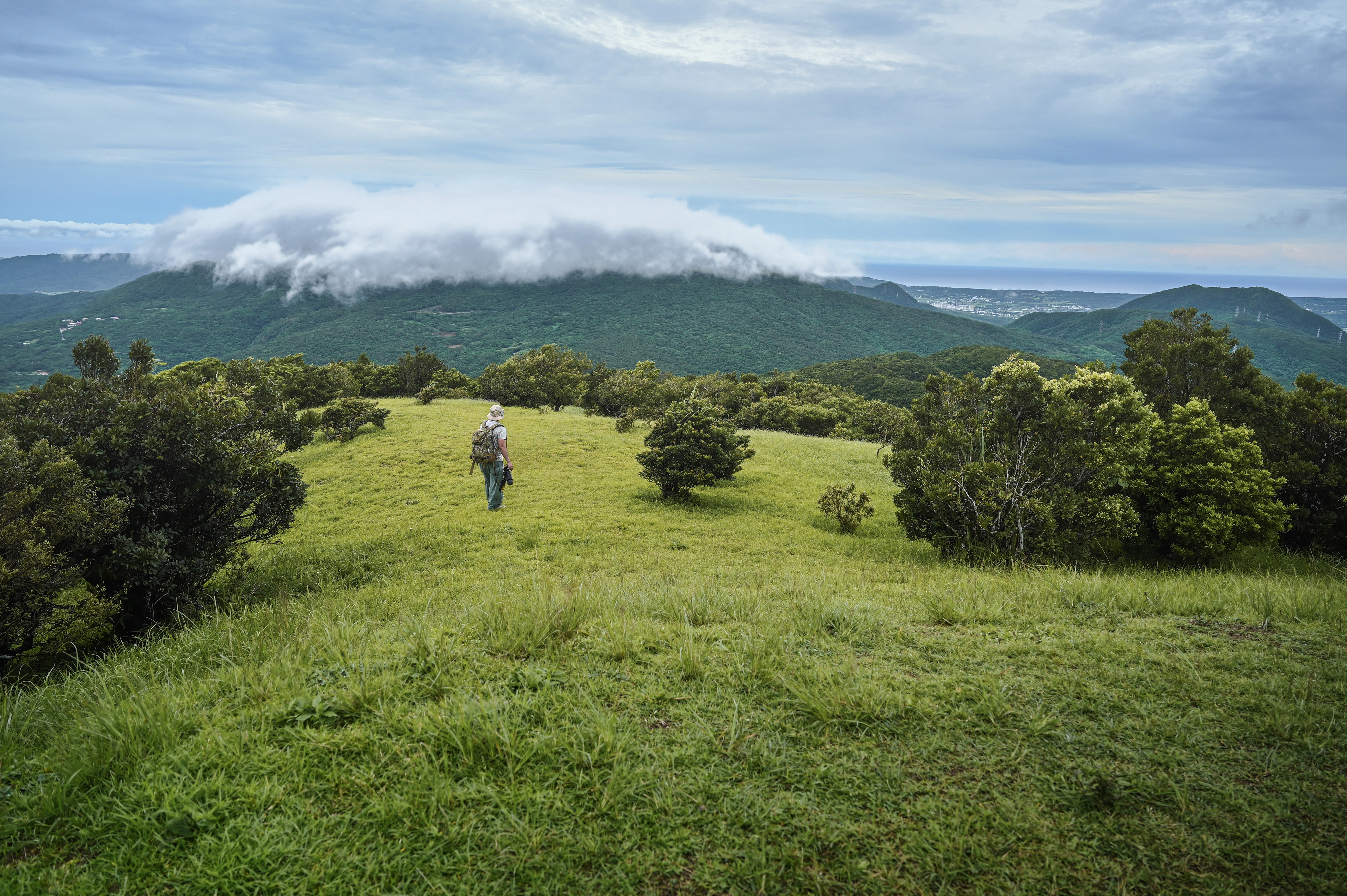Luo Mountain Wind Scenic Area - Wind Region Peninsula Introduction
The Falling Mountain Wind Scenic Area encompasses the towns of Checheng, Mudan, and Matsu, with boundaries defined by ridgelines, township boundaries, river boundaries, forest management boundaries, cadastral boundaries, roads, and national park boundaries, covering an area of approximately 11,300 hectares. The internal transportation connections link to Kenting National Park, primarily including Provincial Highway 26, County Road 199, County Road 199甲, and County Road 200. The area does not include lands managed by the Taitung Forest District Office, the Ministry of National Defense's Armaments Bureau, and the Chung-Shan Institute of Science and Technology Experimental Base. The area includes 9 villages in Checheng Township: Haikou, Tianzhong, Fu'an, Fuxing, Xinjie, Puqian, Sheliao, Tongpu, and Wenshan; 6 villages in Mudan Township: Shimen, Mudan, Dongyuan, Xuhai, Gaoshi, and Silin; and 3 villages in Matsu Township: Gangzi, Changle, and Jiupeng. What is "Falling Mountain Wind"? Falling Mountain Wind is the common term for the northeast monsoon experienced on Taiwan's Hengchun Peninsula. More specifically, it is a type of downslope wind. The central mountain range of Hengchun Peninsula lowers to an elevation of about 400 to 1,000 meters. From October to the following April each year, the northeast monsoon flows over the mountains, producing strong downslope winds that strike the west coast of Hengchun Peninsula and sweep through the leeward slopes of Checheng, Mudan, Hengchun, and other areas. The instantaneous wind strength can reach levels 6 or 7, equivalent to the power of a light typhoon, with recorded instances of overturning motorcycles and small cars, causing injuries and fatalities. It also creates scenes of swirling yellow sand in the Jiupeng Desert and Haikou Desert. (Source: Pingtung County Government - Falling Mountain Wind Scenic Area - "Windy Peninsula" Official Website)
 Shuhai Mudan Bay (provided by Pingtung County Government)
Shuhai Mudan Bay (provided by Pingtung County Government)




































